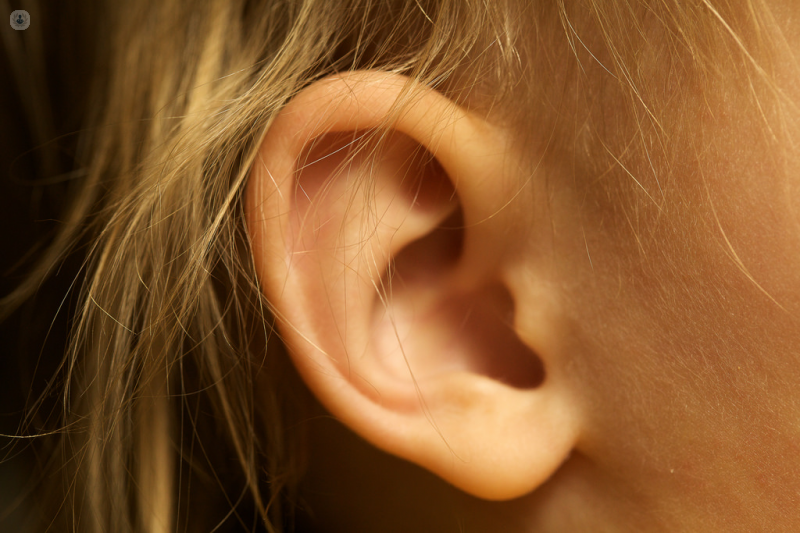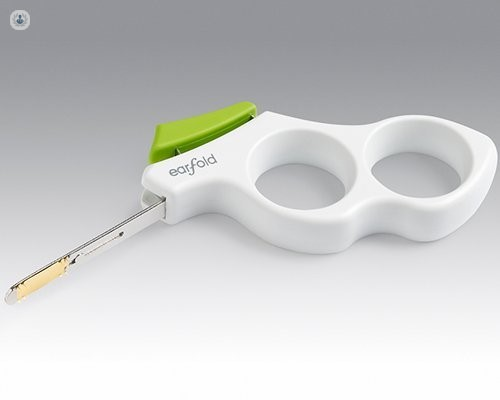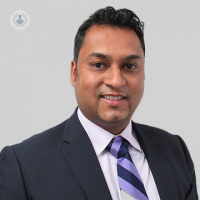Otoplasty/pinnaplasty: a guided insight into the ear-reshaping procedure
Autore:Not all of us are completely satisfied with the shape and/or overall appearance of the outer part of our ear(s). Here to guide us through an effective and readily available solution to this potentially self-confidence-affecting problem is London-based leading consultant ENT surgeon, Mr Kevin Kulendra.

What is otoplasty/pinnaplasty?
This is the term used for surgical correction of prominent ears in order to make them less visible.
Why do some people have more protruding or prominent ears?
People tend to have more protruding or prominent ears for a variety of reasons. Some of these causes can occur due to an individual anatomical difference in the shape of the ear or a combination of the following:
- loss of antihelix
- deep conchal bowl
- prominent ear lobule
What is the best age to have the procedure?
Parents may seek to arrange surgery for their children aged approximately five, just before they start school and face any potential bullying. Others prefer to allow children to be a couple of years older to make more of an informed decision themselves, if they don’t like the appearance of their ears. Adults may also choose to have the surgery, and may consider this if they have asymmetric ears, or, indeed, if they feel that both are prominent.
How is it performed?
EarBuddies are available to newborn children up to 18 months to mould the cartilage using malleable plastic and tapes. After the age of 18 months, alternative surgical techniques would then need to be employed.
An otoplasty is typically performed under general anaesthetic (patient being asleep) and either suturing or scoring techniques of the cartilage can be used to reshape the cartilage. I favour suturing techniques that minimise the risk of haematoma (blood collection under the skin that can potentially permanently deform cartilage if untreated). Occasionally, combinations of techniques are required.
Adults can have the procedure under local anaesthesia (awake). New local anaesthesia techniques, such as the Earfold, are emerging. This allows patients to see what the ear will look like using an external clip to recreate the antihelical fold. A metal implant can then be placed under the skin through the use of local anaesthesia. I will be seeking to offer this to patients who wish to have a less invasive procedure.
Will the ears hurt during and after the procedure?
No, the patient will not suffer from ear pain during nor following the procedure, as they are asleep. If the patient is awake during an otoplasty operation, they should only be able to feel movement of the ear, rather than any pain.

How successful is the procedure?
This is a successful procedure in the majority of cases, with the primary goal being to place and realign ear symmetry in an aesthetically pleasing position. Following the suturing or scoring procedure, patients will need to wear a head bandage for 24 to 48 hours, though this is unlikely to be necessary with Earfold.
A tennis headband may be used for the following week, if necessary, until the skin sutures have dissolved. Each and every surgical procedure inevitably carries potential risks, which in this specific case, can occasionally present themselves in the form of infections or bleeding. Rarely, sutures can extrude or become loose, leading to asymmetry.
Mr Kevin Kulendra is an experienced and extremely reputable leading consultant ENT surgeon. If you have any concerns relating to your ears, nose, neck or throat, you can visit Mr Kulendra’s Top Doctor’s profile to book an appointment with him.


